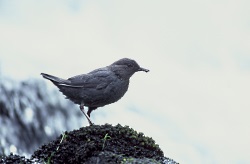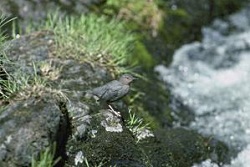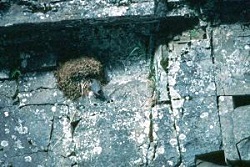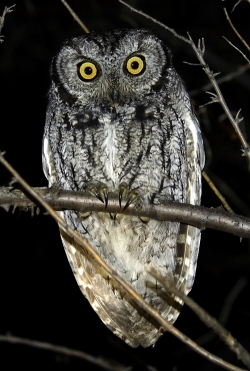
Courtesy & Copyright Lou Giddings
My wife and I paddled our kayak gingerly into the eaves of a limestone cliff, our eyes scanning its face for some sort of concavity or movement where there was none. “I don’t see where she could possibly be,” my wife confessed. She was right. We knew we had found the right rock, soiled as it was with bird refuse, but there was nowhere for the nest to lie it seemed. Just then, on cue, a stirring of movement. Dark triangles rose out of the rock, followed by the lemony-yellow eyes of a mother Western Screech Owl. She climbed slowly from her grotto before exploding out of the rock toward us. A flurry of feathers rocketed toward us. I’m pretty sure I screamed, ducked as the bird soared away over our heads. We backed off a little. Concerned about the integrity of the nest site and our own well-being, we didn’t want to venture too close. When we were finally far enough away for mother’s comfort, she leap-frogged her way back to the cliff-side and disappeared again into the rock.
It’s a wonder she was there at all! Inconspicuous as it is, her placement is nevertheless adjacent to a highly frequented recreational reservoir. As we watched her descend back into her incubation chamber, country music blared from the opposite shore and the joyous yelps of our fellow boaters rang out through the air. To be sure, this wasn’t the first time she had been stirred from her nest; but she must have somehow grown accustomed to human sights and sounds. Otherwise, she wouldn’t choose this same nesting site year after year, as I’d heard she does. My wife and I marveled at her bravery in defying what seemed a too-close proximity to our louder, more aggressively curious species; but the more I thought about it, the peculiarity of her choice faded. This was not the first intimate space we had discovered this spring.
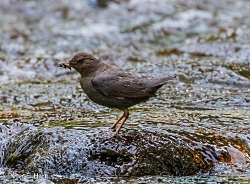
Peter Hart, Photographer
Photo credit: PEHart via Visual hunt / CC BY-SA
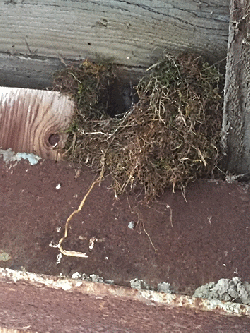
Courtesy & Copyright Josh Boling
It seems heroic at first glance, the wild ones enduring our somewhat rude domesticity; but perhaps it’s a complement. They’re comfortable enough to hide in plain sight.
I’m Josh Boling, and I’m Wild About Utah.
Credits:
Photos: Courtesy US FWS
Text: Josh Boling, 2018
Sources & Additional Reading
Western Screech Owl (images & sounds), AllAboutBirds.org, The Cornell Lab of Ornithology, https://www.allaboutbirds.org/guide/Western_Screech-Owl/
American Dipper (images & sounds), AllAboutBirds.org, The Cornell Lab of Ornithology, https://www.allaboutbirds.org/guide/American_Dipper/sounds

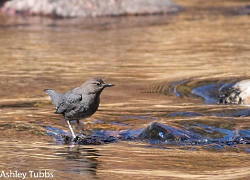
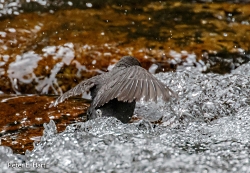 American Dipper
American Dipper